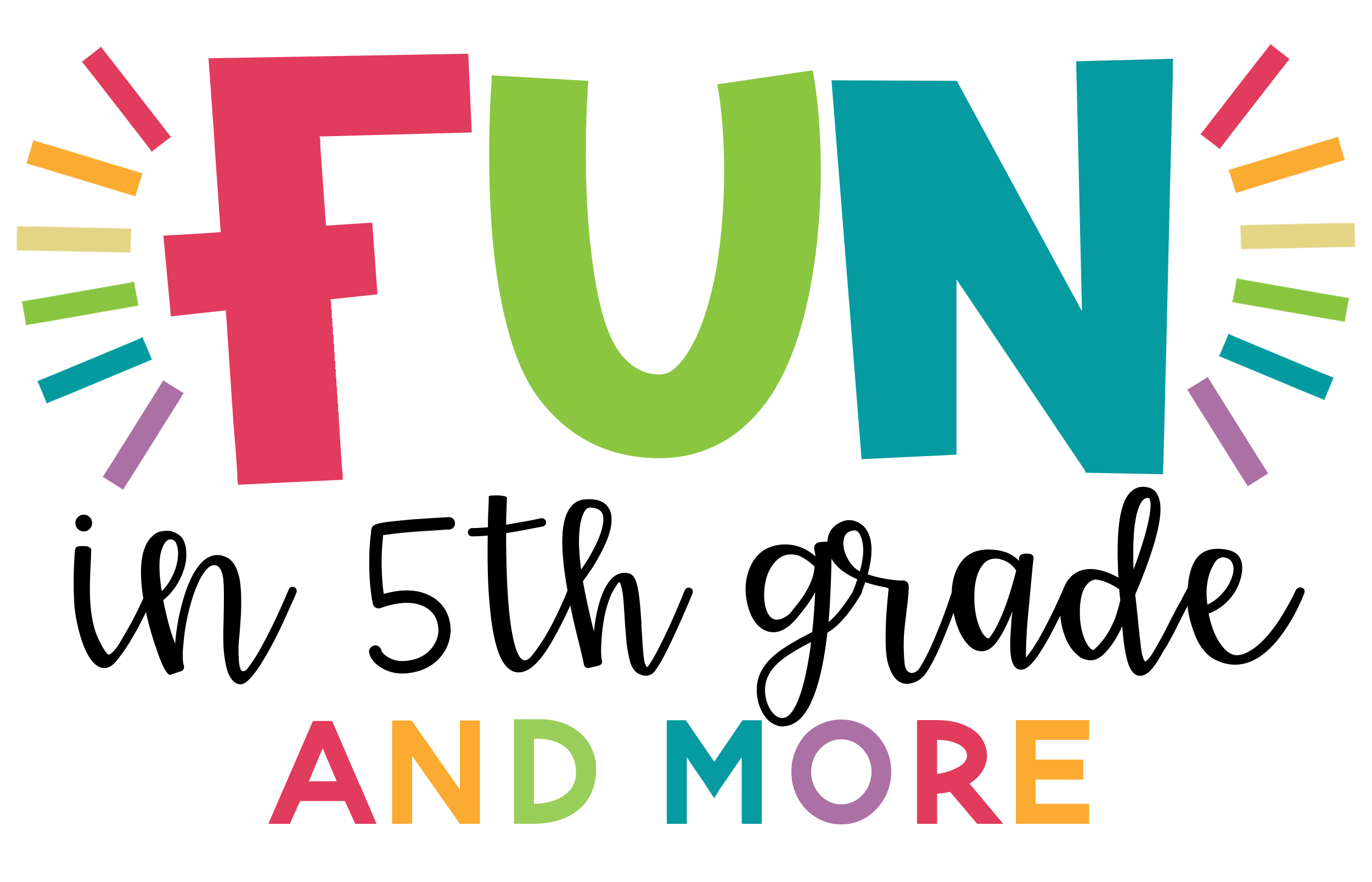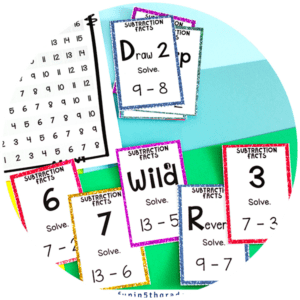Using animated shorts to teach ELA skills can be a fun way to engage students and practice skills in a way that allows students to see how another medium uses the same tools to tell a story.
There is just something super magical about the way animated short films can tell a story. Sometimes, they have words, but sometimes, they are very simple, with musical audio that sets a tone and keeps the story progressing.
These short films offer captivating stories, vibrant visuals, and memorable characters that engage students and create an immersive learning experience.

By using animated shorts to teach ELA skills, you can foster a love for reading, improve comprehension, develop vocabulary, and strengthen critical thinking skills.
In this blog post, we will explore some exciting ways to use animated shorts to work on reading skills in the upper elementary classroom.

Using Graphic Organizers
When you’re first getting started using animated shorts to teach ELA skills, you’ll definitely want some worksheets or guides to help your students organize their thoughts.
This set of 50 Common Core-aligned graphic organizers will give you some structure as you begin viewing these short films, and with so many to choose from, students won’t get bored from using the same worksheet over and over. You can also click here to read more about these graphic organizers!
Picking an Animated Short to Use
With so many different animated shorts to choose from, you’ll have to sort through them to figure out which shorts work best with which skill.
To start, make a list of the different ELA skills you want to practice. Then start watching the shorts and list the titles under the different skills you think they’ll work with.
You could also do the same activity with the 50 Graphic Organizers. Simply print a copy of each graphic organizer, and then on the back of each, list the films you think you’d like to use with each.
To view a full list of animated shorts, click here. Then, you can search on YouTube for titles to view.
Using Animated Shorts to Teach ELA Skills (Skill Breakdown)
Skill #1 | Pre-Reading Predictions
Before watching an animated short, engage students in a pre-reading activity that encourages them to make predictions about the story.
Start the activity by showing students a brief trailer or provide them with a synopsis of the film. This may not be available for all videos, so another way you can do this is by picking random moments in the film. Then, pause the film at that moment and have students look at the image and predict what is happening or how the story is progressing.
Ask students to predict what might happen, what themes or messages the film might convey, and what characters they expect to encounter.
This activity activates their prior knowledge, stimulates their imagination, and prepares them for active reading.
Skill #2 | Active Viewing and Listening
While watching the animated short, instruct students to actively engage with the visuals and dialogue. Encourage them to take notes, draw story maps, or jot down key events or character traits.
Since these films are often only a few minutes long, you may find that you need to pause the film to give students time to work, or you may even need to watch the film twice to give students a chance to first take it all in, and then work through the activity on the second run.
After the film, facilitate a discussion where students share their observations and impressions. This practice develops their ability to identify main ideas, make connections, and analyze story structure.
Skill #3 | Story Elements and Retelling
Use animated shorts as a platform for teaching story elements such as characters, setting, plot, and conflict.
After watching a short film, provide students with graphic organizers or story maps to help them identify and record these elements. Encourage students to retell the story in their own words or map out the different parts of the story. This exercise improves reading comprehension and reinforces narrative structure.
Skill #4 | Character Analysis and Inferences
Many animated shorts offer a plethora of memorable characters. Encourage students to analyze the personalities, motivations, and relationships of these characters. Engage them in discussions about character traits, feelings, and behaviors observed in the film. Encourage students to make inferences about characters’ thoughts and actions based on visual and verbal cues. This activity enhances their ability to make connections, draw conclusions, and infer character traits from textual evidence.
Skill #5 | Vocabulary Expansion:
Using animated shorts to teach ELA skills also provides opportunities for vocabulary expansion.
Start by selecting a short film that introduces new or interesting words. Before watching the film, create a vocabulary list based on the context of the story. If needed, you can also preview the film and make your own list for students to work with.
Ask students to predict the meanings of the words, discuss their connections, and use them in sentences. While watching the film, encourage students to listen for the vocabulary words and their usage.
Afterward, do some classroom vocabulary activities such as creating word cards, playing vocabulary games, or writing stories using the newly learned words.
Skill #6 | Critical Thinking and Reflection:
After watching an animated short, engage students in critical thinking activities that require them to reflect on the film’s messages and themes.
This is a tough skill for some students, so encourage them to express their opinions, make connections to real-life situations, and analyze the moral or lesson conveyed in the story, but try to do all of that while also being able to have an open discussion (without any judgment of ‘right’ answers).
Ask open-ended questions that prompt students to think deeply about the film and focus on guiding the discussion (rather than leading the discussion) as much as possible.

Using animated shorts to teach ELA skills almost feels too easy, especially when you have so many graphic organizers you can use to simplify the planning process!







